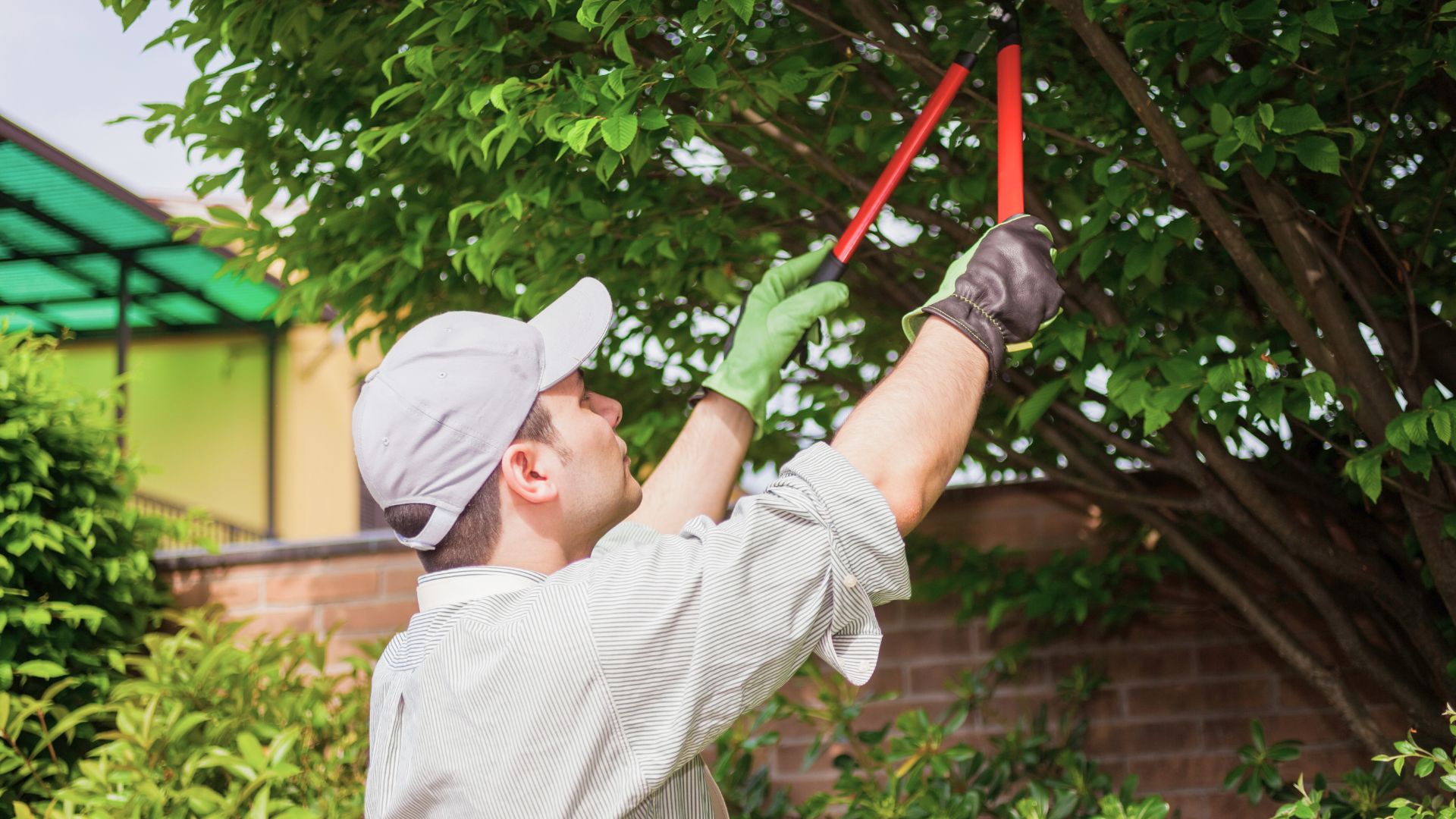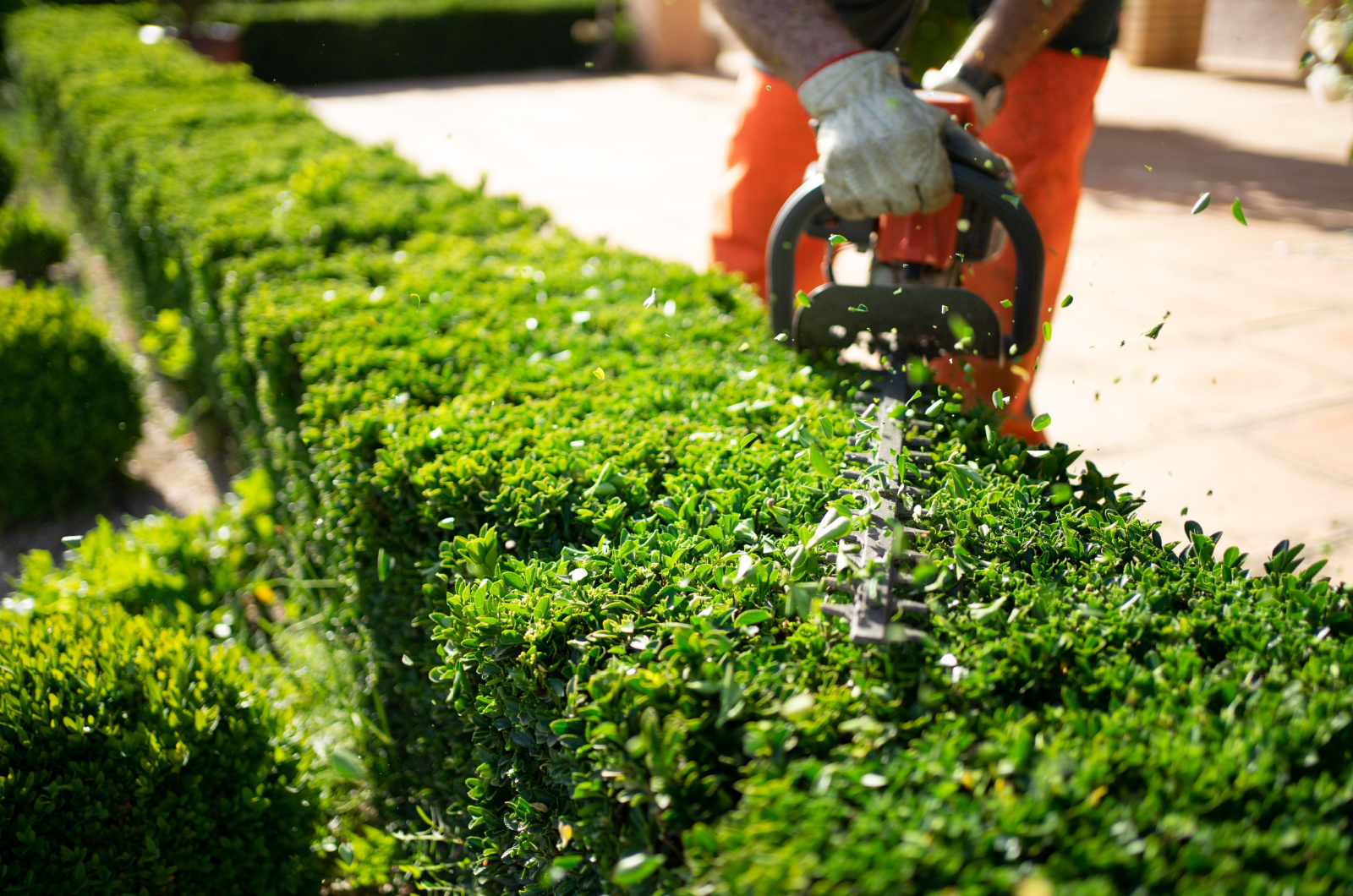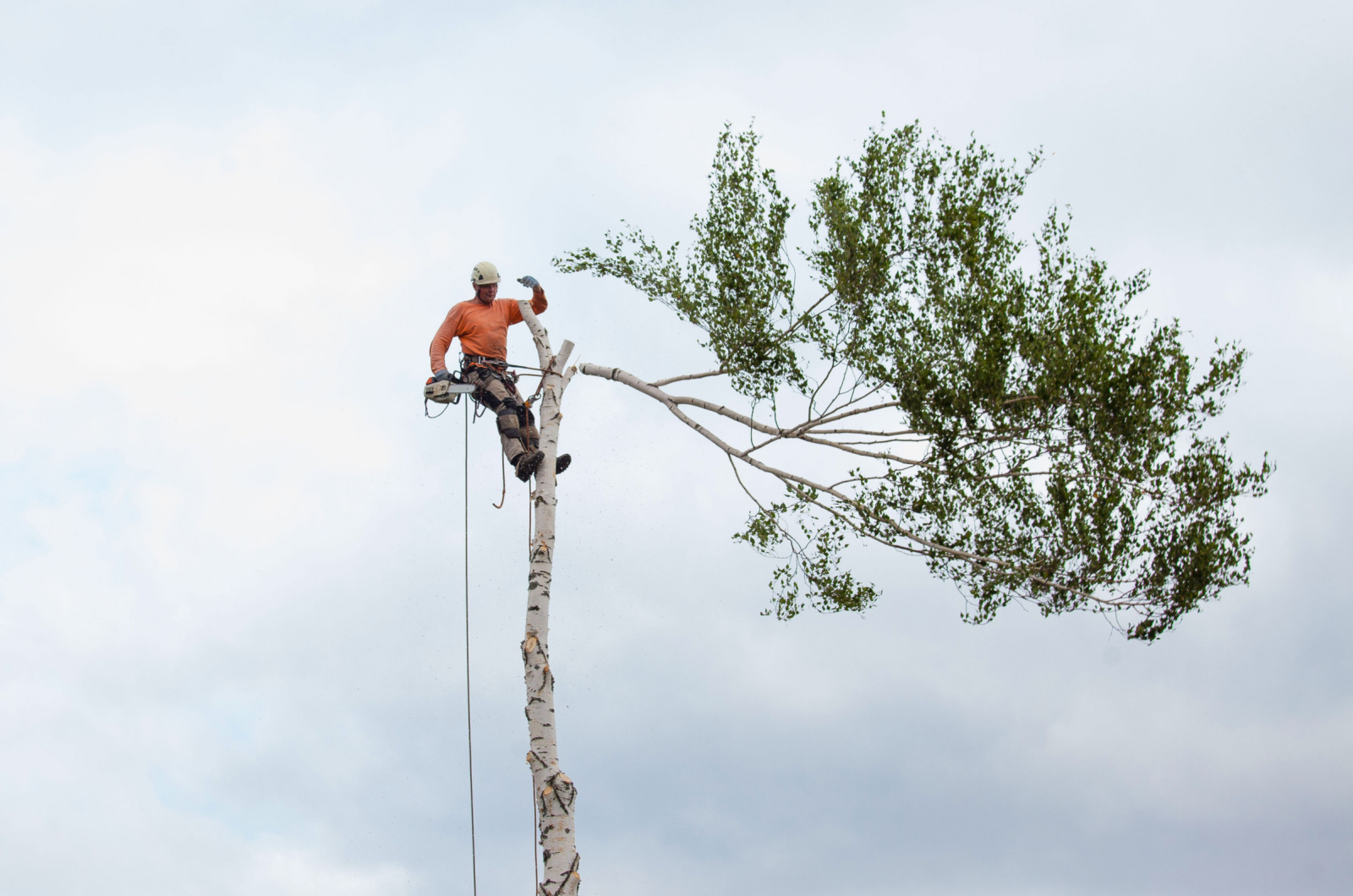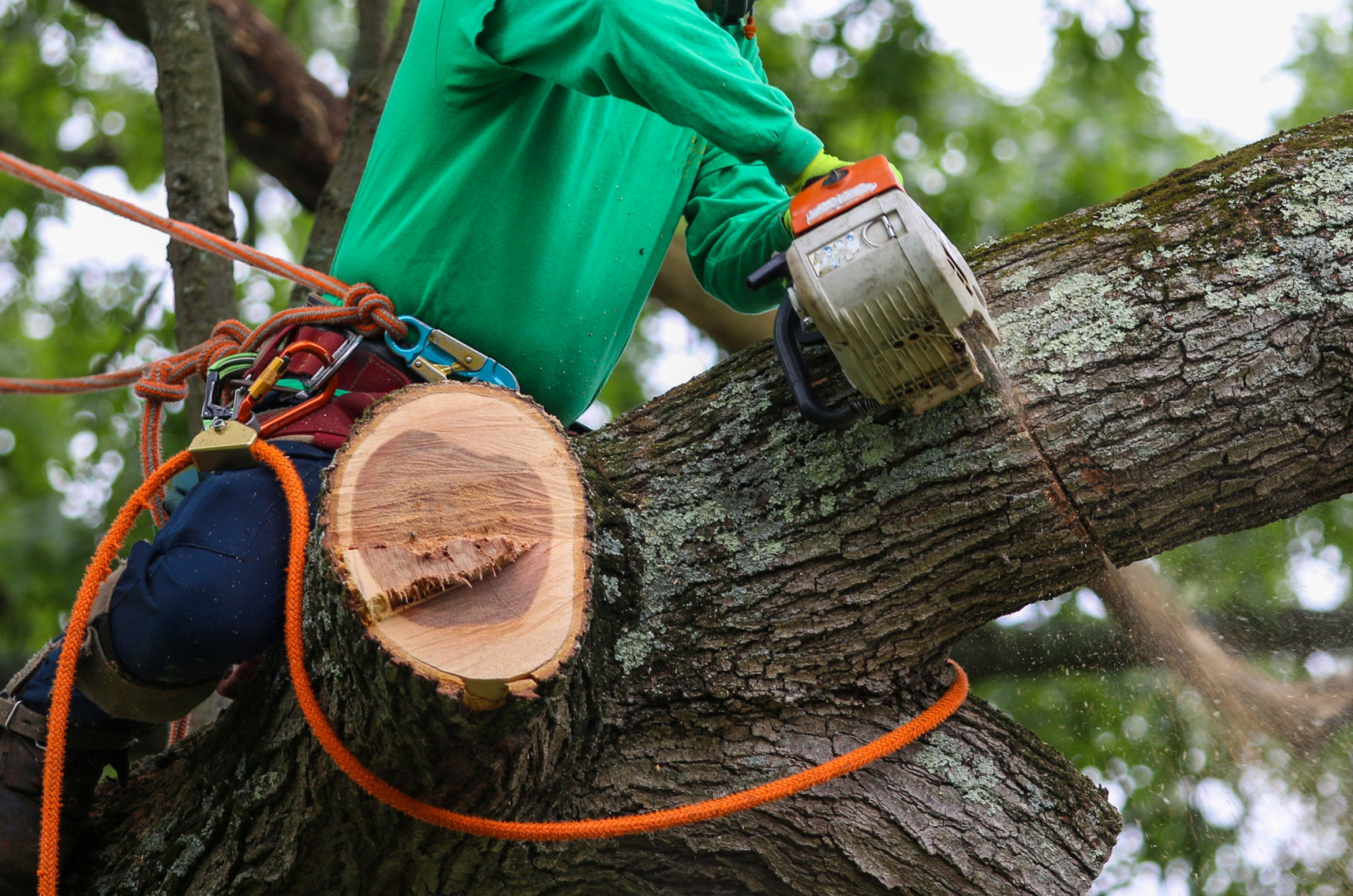Pruning is an essential part of plant care. It gives you healthy, thriving, and lush plants everyone’s jealous of.
But awful things happen when pruning is done incorrectly!
Your plant will go through a period of stress and become less appealing to look at while it recovers.
On the bright side, trees and shrubs are quite resilient and won’t die if you prune them incorrectly once or twice.
But if you want them to thrive even after trimming a couple of branches, here are some mistakes you should avoid making!
1. Trimming Too Much At Once
One of the most common mistakes I’ve seen novice gardeners make when pruning their trees is removing too much growth at once.
I know it’s tempting to reveal what’s hiding underneath all that growth (or you simply just don’t want to do this tedious task twice in a row).
However, those thriving branches filled with green leaves are necessary for the plant’s health. They take part in photosynthesis, providing the tree or shrub with the food and energy they need for proper growth.
A severe reduction in vegetative growth will affect the plant’s growth rate. And if you remove more than 2/3 of the entire plant, you could kill it.
Favored approach: The pruning rule of thumb is never to remove more than 1/3 of the entire growth, whether you’re dealing with an overgrown or normal tree or shrub. And if your plant is huge, you should prune it over the course of three years or until you get it to the desired size.
2. Pruning Flower Or Fruiting Buds
Trimming away developing flower or fruit buds won’t harm your tree or shrub in the long run, but it will affect its looks and yield in the upcoming season.
Early bloomers set their buds in late summer or early fall, only to open them the following spring. Spring-blooming hydrangeas are just one example, and pruning them in early spring would remove all those soon-to-become gorgeous flowers.
On the other hand, there are trees and shrubs that bloom later in the season, such as crepe myrtle. They form buds in the spring of the same year.
So, when should we cut and trim our trees and shrubs?
Favored approach: The best time to prune early bloomers is after flowering. And if your tree or shrub flowers from midsummer onwards, you can prune it in early spring, before it sets buds.
* Fruiting trees are a slight exception to the rule as you should cut them back in late winter or really early in the spring.
3. Topping Trees And Shrubs To Reduce Their Height
Arborists and other experts agree that you should never top your trees because it can lead to disfigurement, increased risk of pests and diseases, stress, bad health, and even death. (1)
Shortening the branches drastically will also affect its structure because the plant will push out new growth rapidly. However, these new sprouts are weakly attached to the tree, and as they increase in size they become more susceptible to damage.
Favored approach: The most important thing to remember is to prune your trees within the first 5-10 years, when they’re still young, to promote healthy development. Later on, you can cut back the long branches intentionally to the adjoining one for trees or to the ground for shrubs.
Another thing you can do for trees is cut the long branch to the lateral one. The lateral branch should be about 1/3 or 1/2 of the length of the removed branch so that it can take over its role and grow healthily.
4. Pruning Right Before Winter
Trimming your trees in late summer or throughout fall in order to keep them neat and tidy for the winter is one of the worst things you can do.
Pruning at this time will cause your plant to produce tender new growth which won’t have enough time to harden before winter. The harsh cold and subsequent thawing would damage it and the entire tree.
Additionally, if the plant spends its energy on pushing out new growth, it won’t have as much as it should have to overwinter properly.
Pruning during the rainy season can increase the risk of fungal diseases attacking your trees and shrubs because fungi thrive in humid conditions.
And if you trim your plants late in the season, their wounds won’t have enough time to heal.
Favored approach: Try not to prune your trees after September 1st and the beginning of the rainy period. If you want to jumpstart your season, prune your trees in late winter.
5. Removing Large Branches In A Single Cut
Removing huge tree branches in a single cut is hazardous for both you and the tree. The branch can move while you saw it and fall back on you as it breaks off the tree.
And this phrase “breaks off” tells you why this method is bad for trees. Since these large branches are heavy, they won’t separate without struggle and will pull the nearby bark with them. They will break, not separate as they should.
Favored approach: The best way to prune any branch larger than 2 inches in diameter is by utilizing the tree-cut method.
• First cut. Make the first incision about 1-2 feet from the adjoining branch or the tree trunk on the bottom side of the limb. Cut your branch about 1/3 through during this step. This step will prevent breakage and peeling down the bark.
• Second cut. Now move onto the top side of your branch and cut a little bit further than the first one. The tree limb will fall after this, so be careful.
• Third cut. The last step is to remove the remaining stump. Cut it between the ridge the tree creates on its upper side and the collar on the lower side. You can find more information about this in the following video:
Pro tip: If you want to remove branches from higher up the tree, the wisest thing you can do is call a trained arborist and let them prune your tree safely.
6. Applying Paint Or Tar To A Pruning Wound
Have you ever seen paint or tar splashed on tree trunks and branches to cover pruning wounds?
This method was once thought to speed up healing, but it actually promotes the activity of rot organisms and pests. It seals in moisture in the wound area, and the only thing tar or paint can speed up is decay. (2)
Favored approach: Allow the wounds to heal without any amendments, such as tar, paint, or even compost. Prune your trees in spring (or late winter), and they’ll have enough time to seal their wounds before winter.
7. Trimming In A Hurry
Proper pruning requires time, and rushing the process can lead to injuries and tree damage. You might make cuts that take years to correct or you’ll miss making some that eventually cause breakage and peeling off.
Favored approach: Start with the easy cuts. Remove diseased, damaged, or dead branches first. Move on to the entangled limbs and those that rub or grow into each other.
Then move back a bit and examine your tree as a whole. Decide which branches need to go to get a uniform look and remove specific limbs that will help you reduce the size of your tree.
Remember never to remove more than 1/3 of the entire tree or shrub and to make mindful cuts.
References:
1. Elmendorf, W. & Gerhold, H. (2022). Don’t Top Trees. PennState Extension.2. Should I Cover Large Pruning Wounds with a Tree Wound Dressing? (2019). University of New Hampshire.





